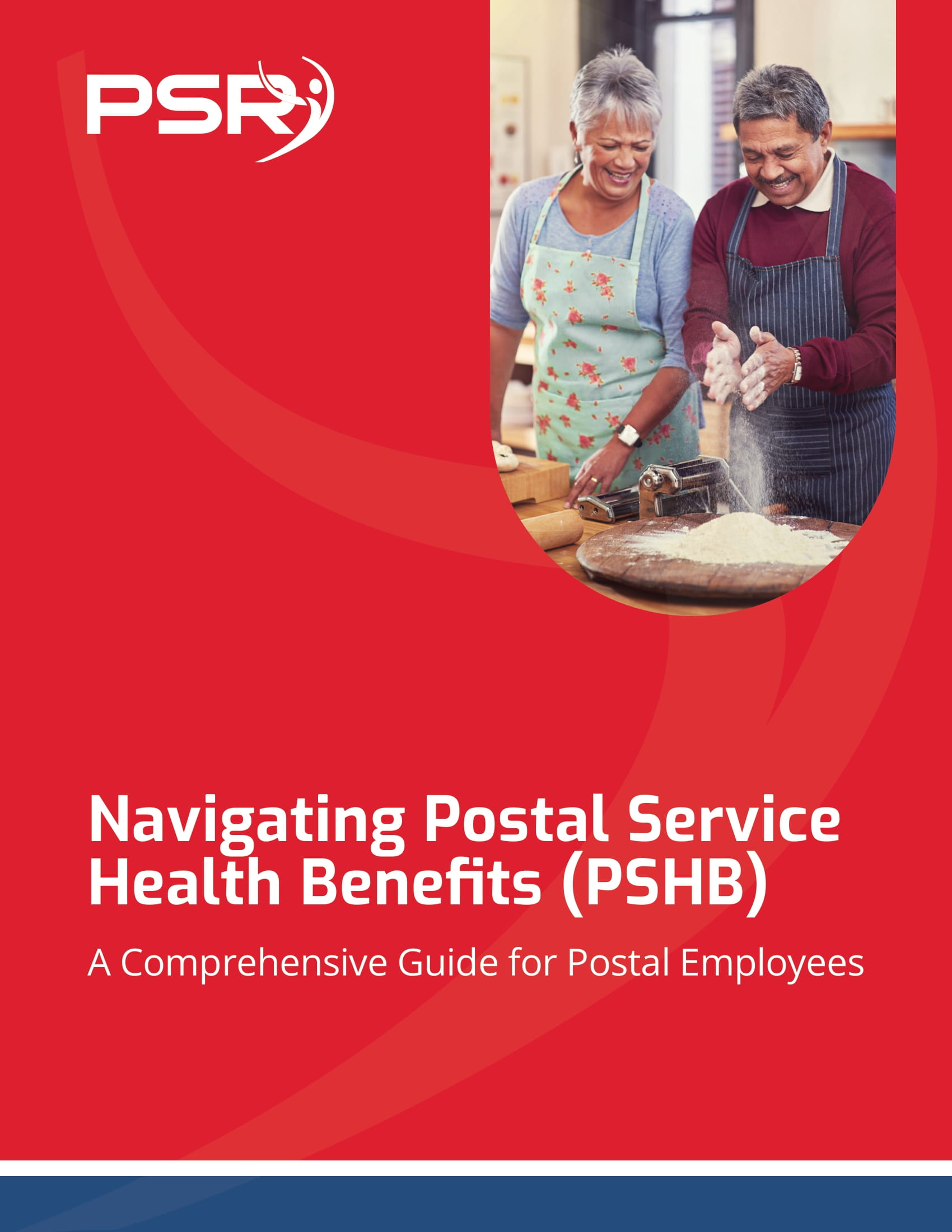Key Takeaways
-
Law enforcement officers enjoy some of the most advantageous retirement benefits in the public sector, but the pressure to make the right decisions is greater than ever.
-
Choosing when and how to retire as a law enforcement officer in 2025 requires careful attention to pensions, supplements, healthcare coverage, and long-term financial security.
Understanding Why Law Enforcement Retirement Is Different
- Also Read: 6 Important Changes That Could Impact CSRS Retirees in the Future—And What You Should Watch For
- Also Read: 3 Hidden Costs of Early Retirement Under FERS That Can Take You by Surprise
- Also Read: 6 Important Updates Federal Employees Should Know About Hiring, Pay, and Retirement
In contrast to general FERS employees who typically retire at minimum retirement age (MRA) with 30 years of service or at age 60 with 20 years, law enforcement officers often retire as early as 50 with 20 years of service. Some may even leave service at any age after 25 years of eligible work.
Special Pension Rules You Need to Know
Your pension under the Federal Employees Retirement System (FERS) isn’t calculated the same way as it is for others. As a law enforcement officer, your pension uses an enhanced formula:
-
1.7% of your “high-3” average salary for the first 20 years of service.
-
1% of your “high-3” average salary for every additional year of service beyond 20.
This formula means your retirement income is higher earlier, but it also means your long-term financial planning must account for a potentially longer retirement period.
Why the FERS Special Retirement Supplement Matters
When you retire before age 62, you’re eligible for the FERS Special Retirement Supplement. This is designed to bridge the income gap until you can claim Social Security. But you need to know:
-
It ends the month you turn 62, regardless of whether you file for Social Security.
-
It is subject to an earnings test if you work after retirement. In 2025, if you earn more than $23,480 annually, your supplement could be reduced.
Failing to plan for the supplement’s expiration could create a sudden drop in income just as you move deeper into retirement.
Health Insurance: A Critical (and Often Overlooked) Factor
Keeping your Federal Employees Health Benefits (FEHB) coverage after retirement is one of the most valuable parts of your retirement package. To maintain it, you must:
-
Have been continuously enrolled in FEHB for the five years immediately before retiring, or since your first eligible opportunity.
-
Elect an immediate annuity (no deferred retirement).
In 2025, with healthcare costs rising, losing FEHB could cost you thousands each year. Plus, you’ll need to consider coordinating FEHB with Medicare once you turn 65 to limit out-of-pocket expenses.
If you delay your retirement and miss the five-year FEHB enrollment rule, you risk losing lifetime coverage.
Social Security: The Timing Challenge
Unlike traditional retirees, you will face unique challenges in deciding when to claim Social Security benefits.
-
Full Retirement Age (FRA) for those born in 1963 is 67.
-
You can claim benefits as early as 62 but with up to a 30% permanent reduction.
-
Waiting until age 70 maximizes your monthly payment.
Given that your FERS supplement stops at 62, many law enforcement retirees feel pressure to file early. But doing so could lock in lower benefits permanently. Carefully modeling your Social Security claiming strategy is essential to balance short-term needs with long-term financial security.
The Temptation to Work After Retirement
Many law enforcement retirees find themselves healthy, energetic, and still young enough to work.
But working after retirement impacts your:
-
FERS Supplement (subject to earnings limits before 62).
-
Social Security benefits (if you claim before FRA and earn above the annual limit).
-
Tax situation (additional income can push you into higher brackets).
You may also find that taking a second career in the private sector comes without the robust benefits you enjoyed as a government employee. It’s wise to weigh the financial benefits against the loss of leisure and increased stress.
TSP Withdrawals: Balancing Immediate Income and Long-Term Growth
Your Thrift Savings Plan (TSP) becomes a lifeline in retirement. Key points you must understand include:
-
You can start penalty-free withdrawals as early as 50 if you separate from service in the year you turn 50 or later.
-
Required Minimum Distributions (RMDs) begin at age 73 starting in 2025.
-
TSP offers installment payments, partial withdrawals, annuities, and full withdrawals.
Drawing too much too early could leave you short later in retirement. On the flip side, being too conservative could mean you underutilize funds meant to sustain your lifestyle.
Inflation: Your Hidden Enemy
Most pensions, including FERS annuities, offer some protection against inflation through Cost-of-Living Adjustments (COLAs). However, COLAs for FERS retirees under 62 are often limited.
In 2025, COLAs continue to help, but they rarely match inflation exactly, especially for younger retirees. If inflation rises significantly, your purchasing power could erode over decades.
This makes building additional inflation-resistant income streams critical to maintaining your standard of living.
Survivor Benefits: A Decision You Can’t Undo
When you retire, you must decide whether to elect a survivor annuity for your spouse.
Options include:
-
Full survivor benefit (50% of your unreduced annuity).
-
Partial survivor benefit (25%).
-
No survivor benefit.
Choosing no survivor benefit saves money now but could leave your spouse without steady income later. Electing a survivor benefit reduces your annuity immediately but secures long-term protection for your loved ones.
This choice is irrevocable after retirement. Weighing the financial impact carefully is non-negotiable.
Early Retirement and Access to Federal Life Insurance
You may have life insurance through the Federal Employees’ Group Life Insurance (FEGLI) program. After retirement, your options change:
-
Basic coverage continues, but premiums rise sharply at age 65 unless you elect a reduced coverage option.
-
Optional coverage must be maintained without interruption to continue post-retirement.
If you plan to retire young, you must evaluate whether keeping FEGLI coverage long-term makes sense or if seeking private options earlier is smarter.
Timing Retirement: Why It’s a Balancing Act
When to retire is perhaps the hardest decision you will make. Factors to consider in 2025 include:
-
Age and eligibility for FERS pension and supplement.
-
Timing access to TSP funds without penalties.
-
Healthcare coverage continuation under FEHB.
-
Personal health and family readiness.
Retiring too early could stress your finances later. Retiring too late could mean missing out on quality time, travel, or reduced physical ability.
You must plan not only for how you’ll pay for life in retirement but also for how you’ll want to live it.
Hidden Risks That Many Officers Overlook
Despite the generous benefits law enforcement officers receive, retirement risks remain significant:
-
Longevity Risk: Retiring at 50 means possibly funding 40 years of retirement.
-
Healthcare Inflation: Even with FEHB and Medicare, healthcare costs can spiral.
-
Investment Risk: Poor TSP management can leave you exposed during economic downturns.
-
Policy Changes: Federal retirement policies could shift, impacting future benefits.
Proactive planning can make these risks manageable, but ignoring them could turn an ideal retirement into a stressful one.
Preparing for the Best and the Worst
In 2025, comprehensive retirement planning for law enforcement officers must go beyond pensions and supplements. It demands:
-
Strategic Social Security timing.
-
Careful TSP drawdown strategies.
-
Long-term healthcare planning.
-
Inflation protection.
-
Survivor benefit selection.
You are building a 30- to 40-year financial plan, not just solving a short-term income problem.
Working with a licensed professional listed on this website can help you create a customized strategy to enjoy your well-earned retirement fully, while avoiding costly missteps.
Why Careful Planning Is the Strongest Backup You Have
Retiring from law enforcement in 2025 is both a privilege and a challenge. You have access to some of the strongest benefits available in the public sector, but the responsibility to manage them wisely is entirely yours.
Taking the time to create a plan that considers income streams, healthcare, survivor protection, inflation, and personal goals can make the difference between thriving and struggling in retirement.
If you are approaching retirement or even thinking about it, now is the time to connect with a licensed professional listed on this website. Get a detailed retirement strategy in place so you can fully enjoy the rewards you have earned through years of dedicated service.









